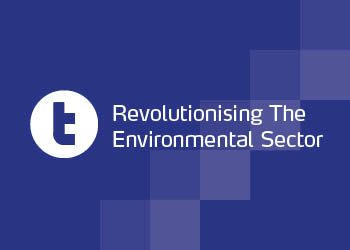Data published for the first time on sampling of input into materials recycling facilities has shown that 13.6% of it is either non-target or non-recyclable in England.
The Environmental Permitting Regulations now requires materials facilities (MFs – previously known as MRFs) to provide details of the mixed waste tonnage received from each supplier and the output tonnage despatched by four material streams.
For the first reporting period of October 2014 to December 2014, out of a total of 789,395 tonnes, a total of 490 tonnes was sampled in England.
Out of this, it was found that 51.7% was paper, 12.9% plastic, 5.9% metal and 15.9% glass with the remainder non-target material (5.9%) and non-recyclable (7.7%).
However, WRAP which collects and collates the data, warned not to draw too many conclusion from the first set of data as there are still some inconsistencies in reporting.
Wales saw less contamination of material with the average percentage of target material reaching 90.6%.
Of this, 56.3% was paper, 10.7 plastics, 5.1% metals and 18% glass with non-target material at 4.9% and non-recyclable material at 4.5%.
When it came to output, from a total of 582,107 tonnes, 570 tonnes was sampled in England..
This found that output of paper was an average of 96.7% target material, 92.1% for plastics, 94.6% for metal and 92% for glass in England.
In Wales, average targeted materials were 96.9% for paper, 91.4% for plastic, 93.1% for metal and 84% for glass.
Of the 90 MRFs in England subject to the rules that reported an intention to submit data, 86 submitted it, while in Wales eight of nine provided information. However, there are around 200 MRFs in England and Wales, meaning a large number still need to comply.
Resource Association chief executive Ray Georgeson said: “We recognise that Defra, the Environment Agency and WRAP have worked very hard to establish processes from scratch to implement the new MF regulations and they are to be congratulated on a good start with good engagement with all key stakeholders in the effective delivery of the Regulations.
“Clearly, no grand conclusions should be taken from one quarter’s worth of data, especially when the early stage of implementation have meant that potentially a significant number of MRFs haven’t in fact supplied data and become compliant.
“We know that strenuous efforts are being made to rectify this and we join with the Environmental Services Association in an open call to all MRF operators that have so far failed to submit data under the MF Regulations to act quickly in the interests of the whole industry to demonstrate compliance and ensure that the objectives of the Regulations – to improve transparency and market knowledge about the quality of input and output from MRFs – is delivered successfully.”












